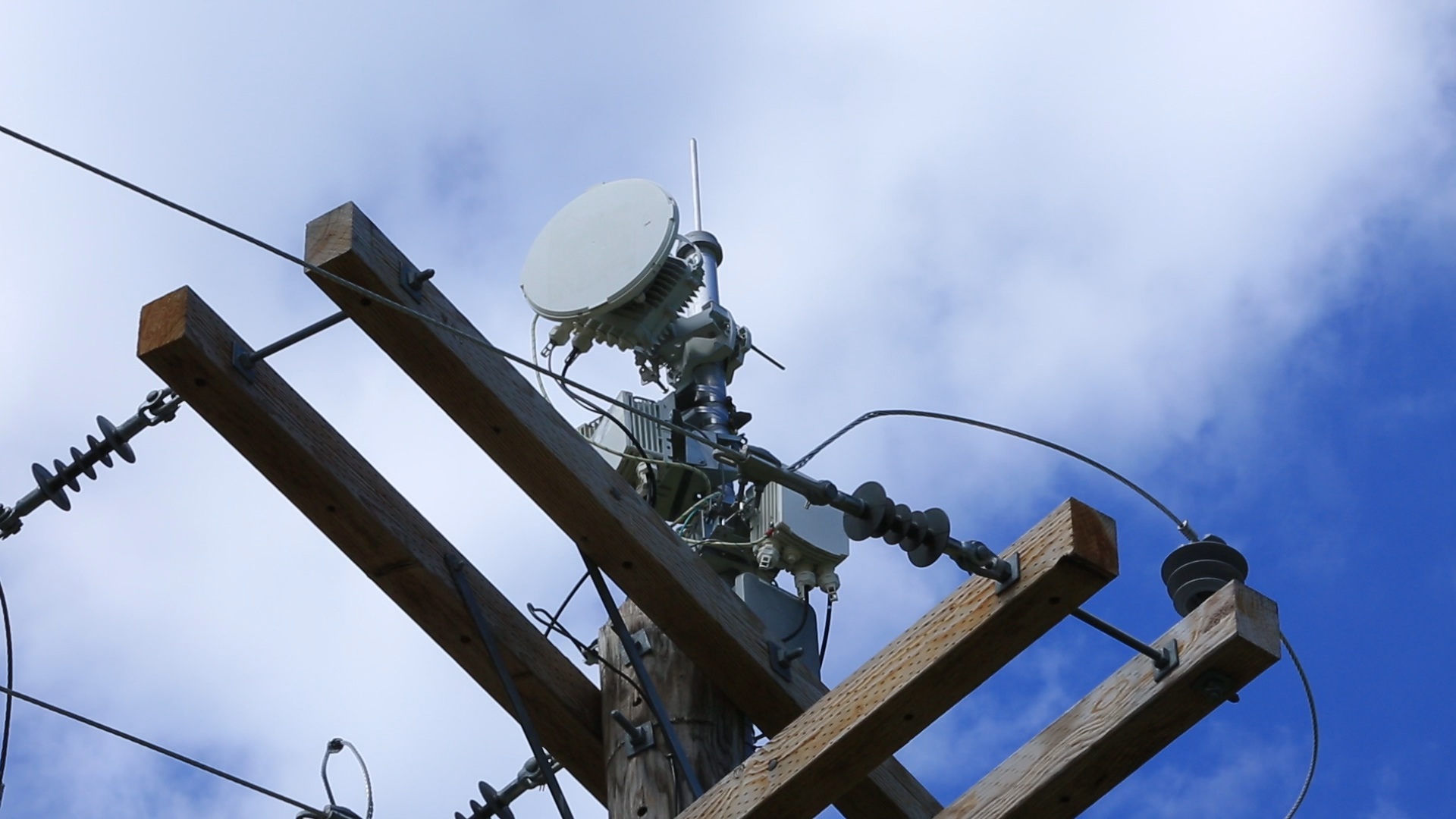 |
| source: AT&aT |
AT&T is working on “AirGig,” a method for combining fixed wireless with power line transmission for communications, without building towers, laying cables or acquiring new spectrum.
All three of those attributes have the potential to dramatically lower the cost of delivering gigabit services in the access network.
- Easier to deploy than fiber
- Uses license-free spectrum
- No need to deploy towers, dig trenches or connect cables
At&T expects to conduct field trials in 2017.
Combined with the dominant role of cable TV networks in the access network, and the upgrades to gigabit speeds, serious questions can be asked about whether fiber to the home will continue to be viewed as the “best” way to deliver gigabit Internet access and other services to consumers.
Combined with the dominant role of cable TV networks in the access network, and the upgrades to gigabit speeds, serious questions can be asked about whether fiber to the home will continue to be viewed as the “best” way to deliver gigabit Internet access and other services to consumers.
“Project AirGig has tremendous potential to transform internet access globally, well beyond our current broadband footprint and not just in the United States,” said John Donovan, AT&T chief strategy officer.
AT&T says it has more than 100 patents or patent applications supporting this new technology and other access technologies.
| source: AT&T |
“We’re experimenting with multiple ways to send a modulated radio signal around or near medium-voltage power lines,” said Donovan. “There’s no direct electrical connection to the power line required and it has the potential of multi-gigabit speeds in urban, rural and underserved parts of the world.”
Project AirGig is therefore one more potential platform for Internet access and communications that uses fixed wireless.
As part of Project AirGig, AT&T Labs invented low-cost plastic antennas and devices located along the power line to re-generate millimeter wave (mmWave) signals that can be used for 4G LTE and 5G multi-gigabit mobile and fixed deployments.
“These patent-pending devices can mean low hardware and deployment costs while maintaining the highest signal quality,” said Donovan.

0 comments:
Post a Comment